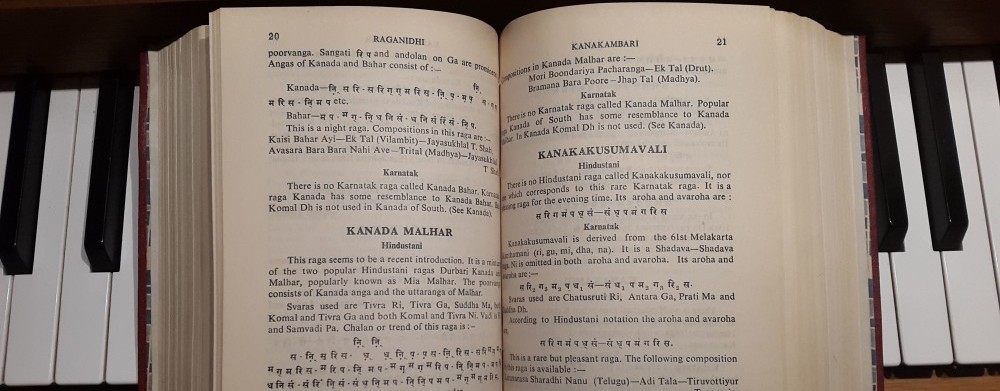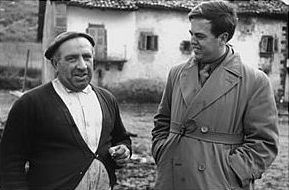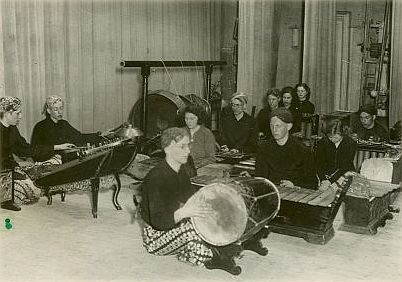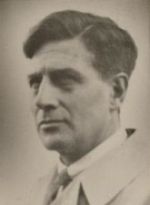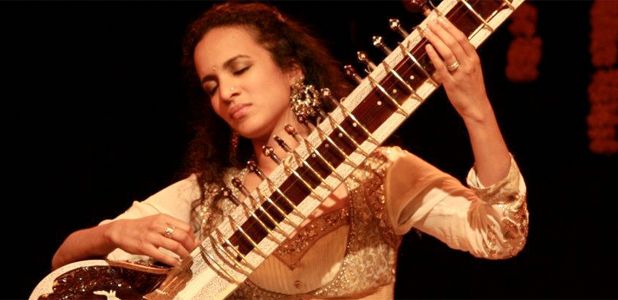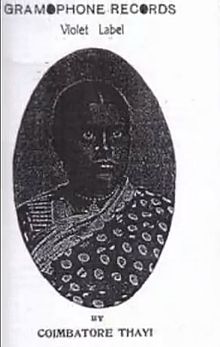Bovenstaande video toont een ragaworkshop in New York, verzorgd door topvioliste Kala Ramnath. Westers klassiek geschoolde muzikanten brengt zij wat beginselen bij van de alap, de openingssectie van een ragaperformance. De workshopdeelnemers dienen door haar gespeelde frasen op het gehoor na te spelen. Wat de muzikanten te doen staat is duidelijk: goed luisteren en dan op je instrument imiteren wat je hebt gehoord.
Niet wat we horen, maar vooral wat we zien vind ik opmerkelijk. De muziekstandaard, het attribuut voor de neus van de deelnemers, wordt nadrukkelijk in het proces van luisteren en spelen betrokken. Stilzwijgend dirigeert de lessenaar het klasje telkens naar het papier, naar lege notenbalken die uitnodigen tot noteren-vastleggen-lezen wat men hoort. Voor de workshopdeelnemers is de muziekstandaard een zwijgzame bondgenoot die een interventie mogelijk maakt tussen wat ze te horen krijgen en wat ze vervolgens gaan spelen.
De muzikanten pogen steeds te noteren wat ze horen, zoals zij dat blijkbaar gewend zijn in een muzikaal leerproces. Deze schriftgerichte benadering ‘wringt’ met de voornamelijk op orale overdracht gerichte methodiek binnen Kala Ramnath’s Indiase ragatraditie.
Dit ragaklasje vertoont een zekere fixatie op notatie en klampt zich zo vast aan vertrouwde mores en (Westerse) methodieken. Is dat verkeerd of een probleem? Nee hoor, helemaal niet, maar – zoals gezegd – er wringt wel iets: een zo sterke drang tot noteren en lezen valt niet alleen op, maar doet in een ragasetting nogal wezensvreemd aan. Tegelijkertijd levert het natuurlijk ook wel weer een boeiend kijkspel op.
